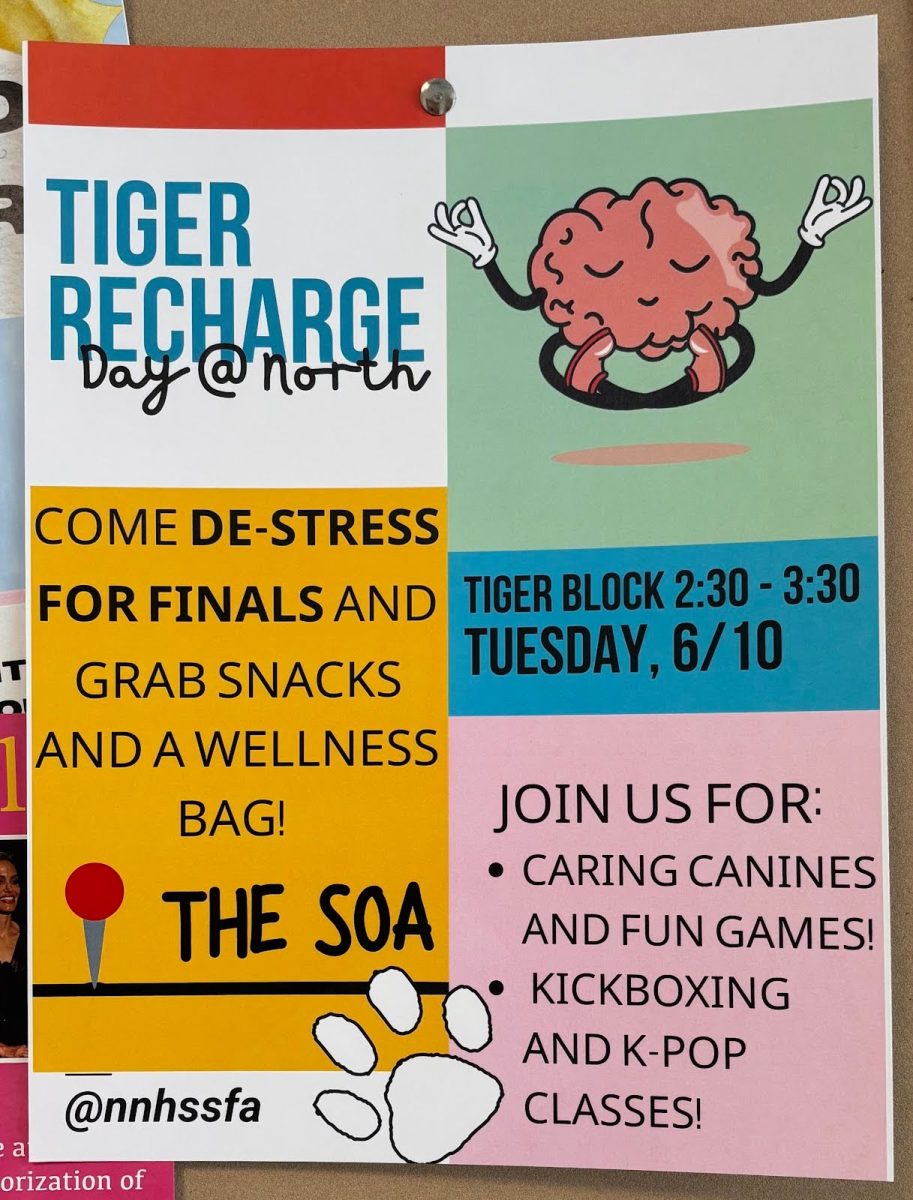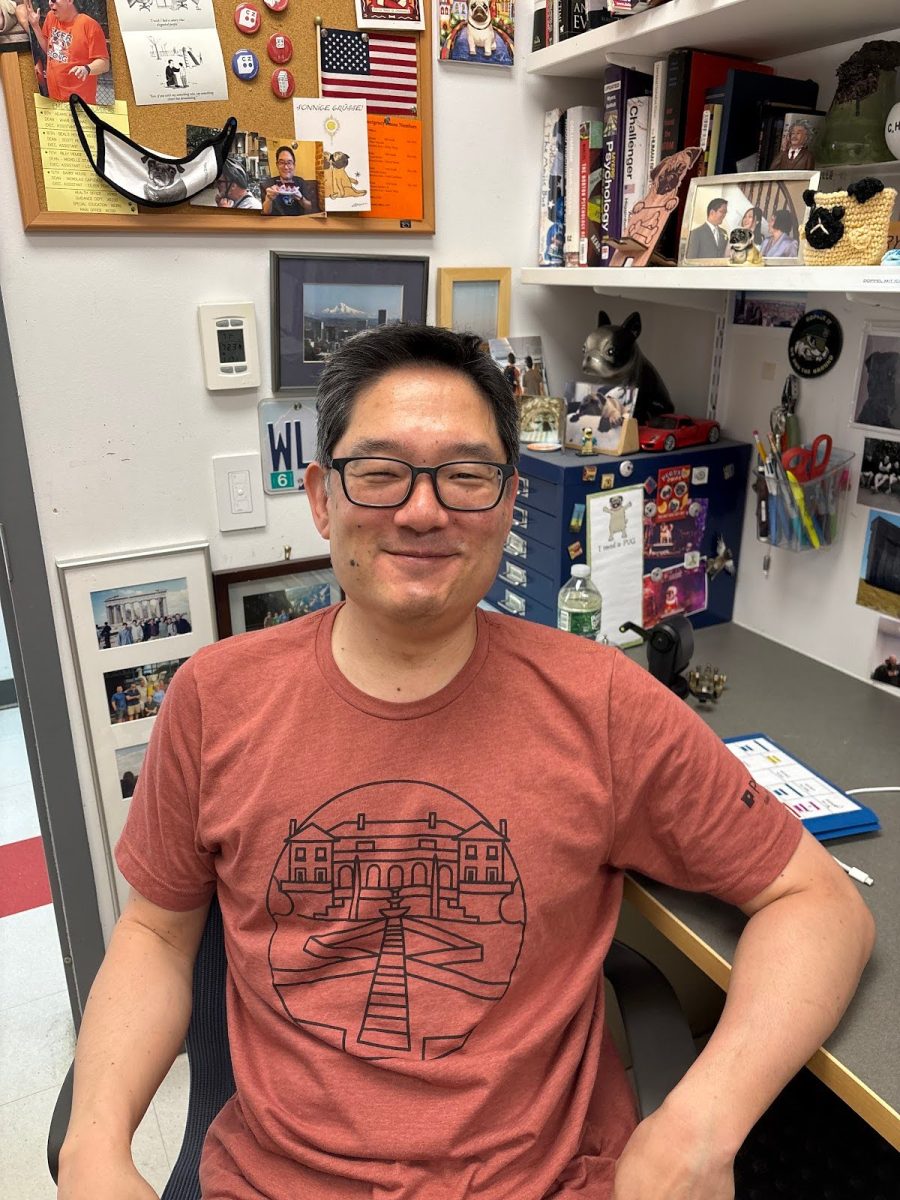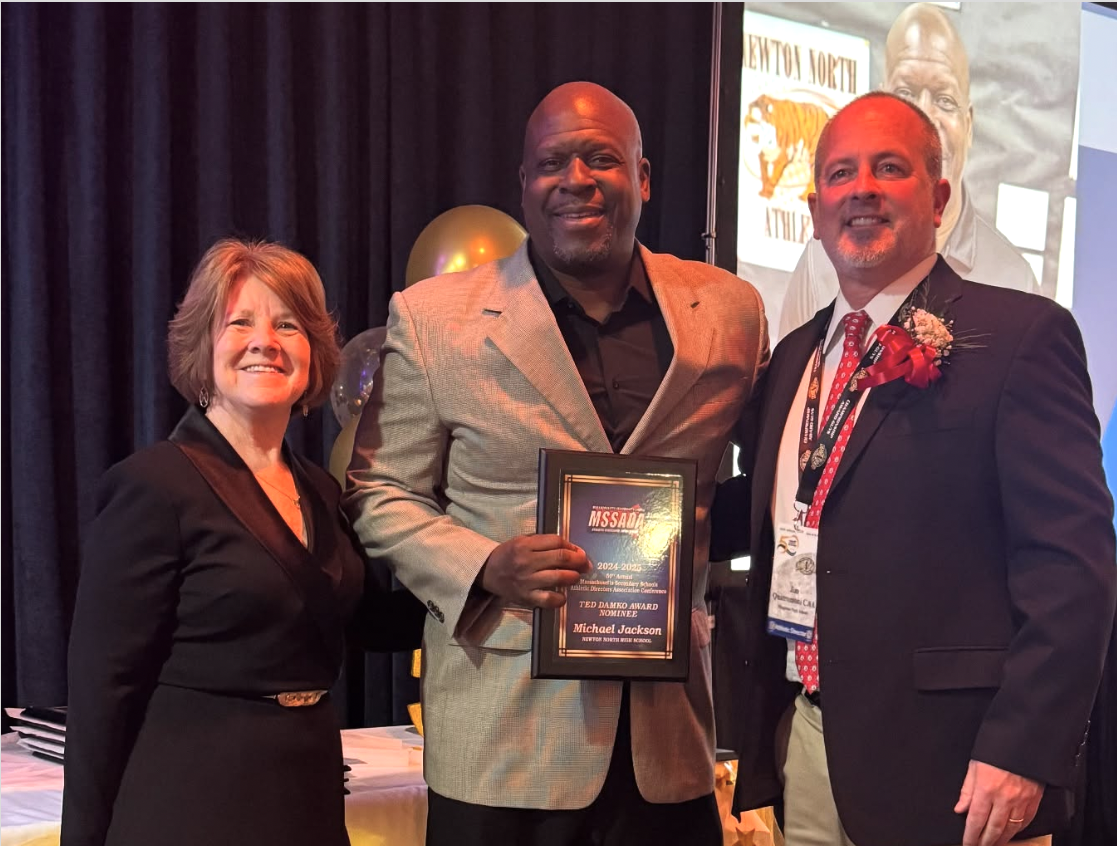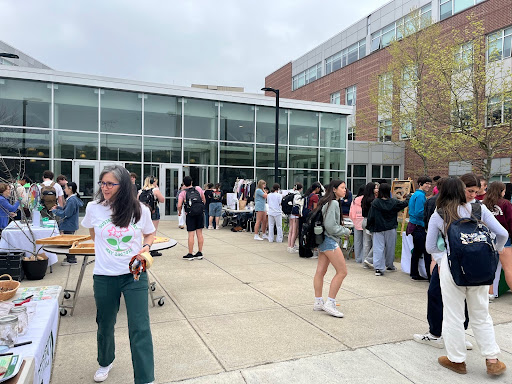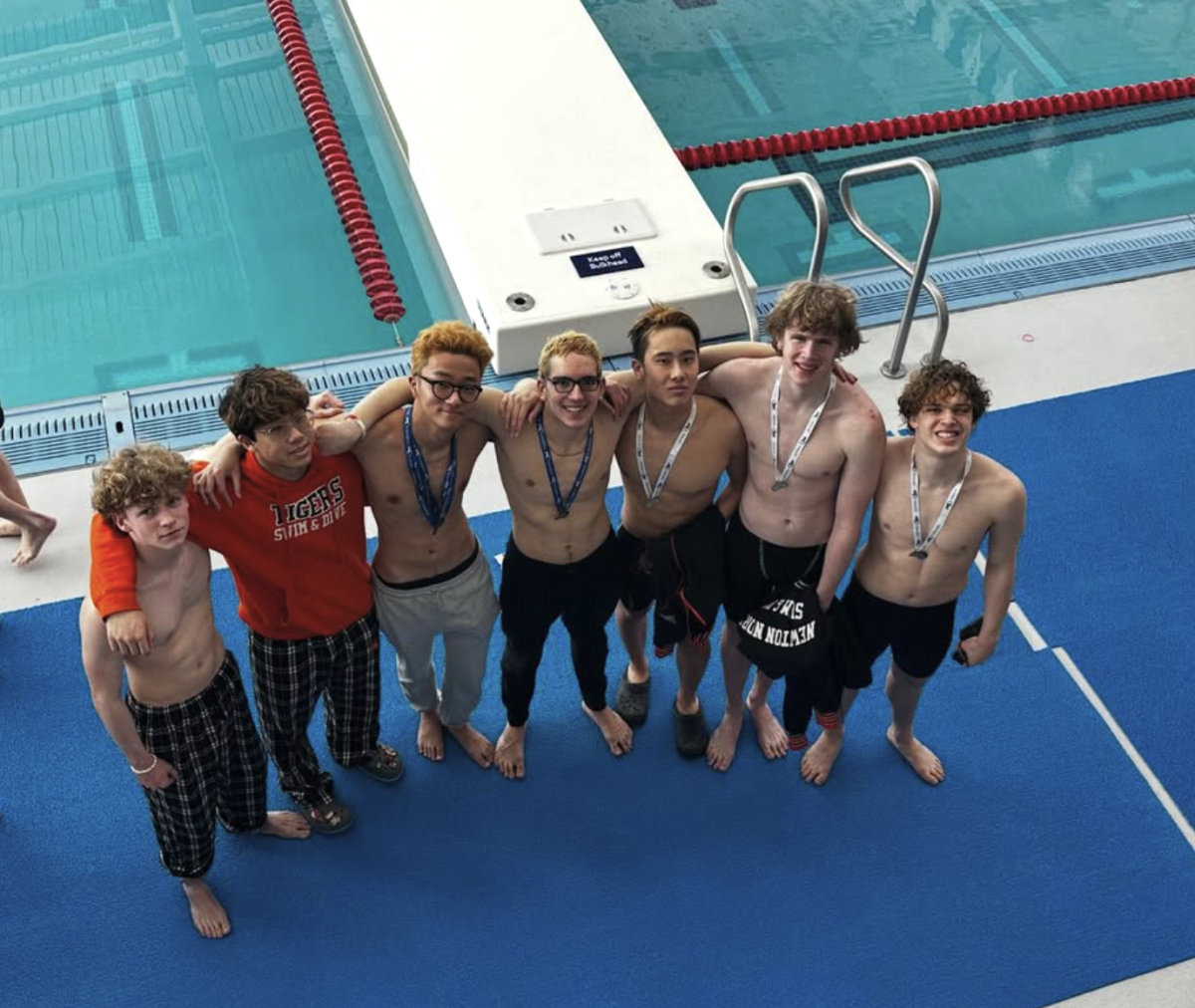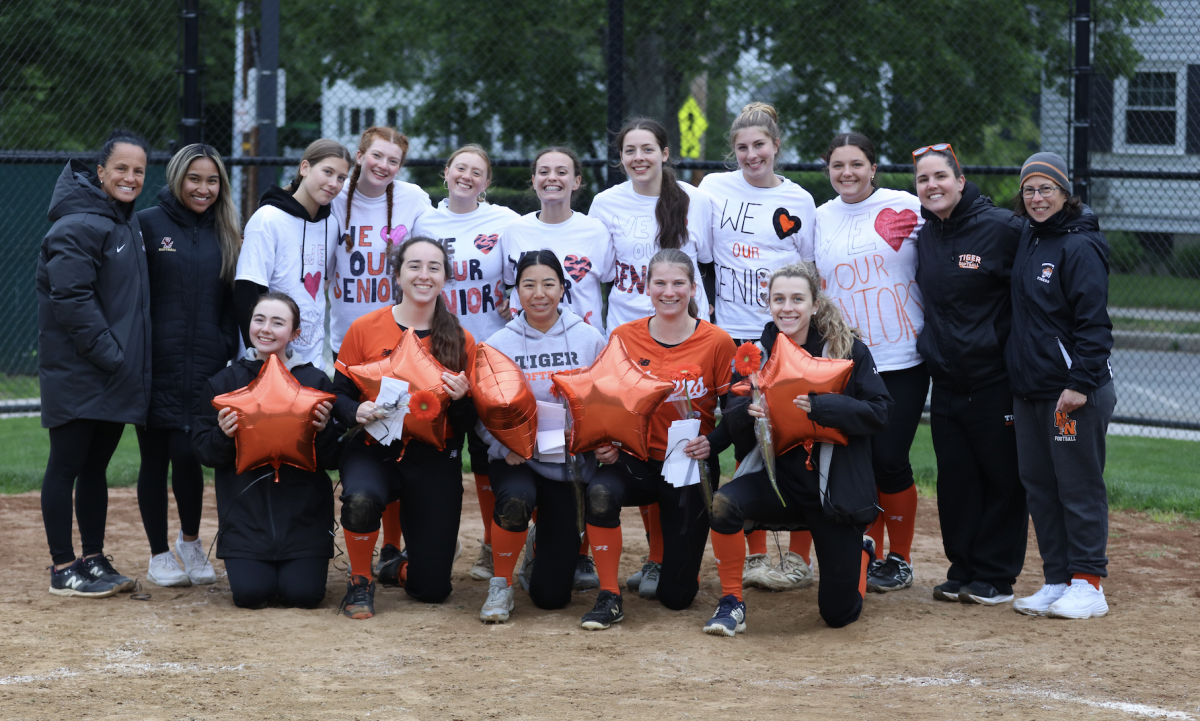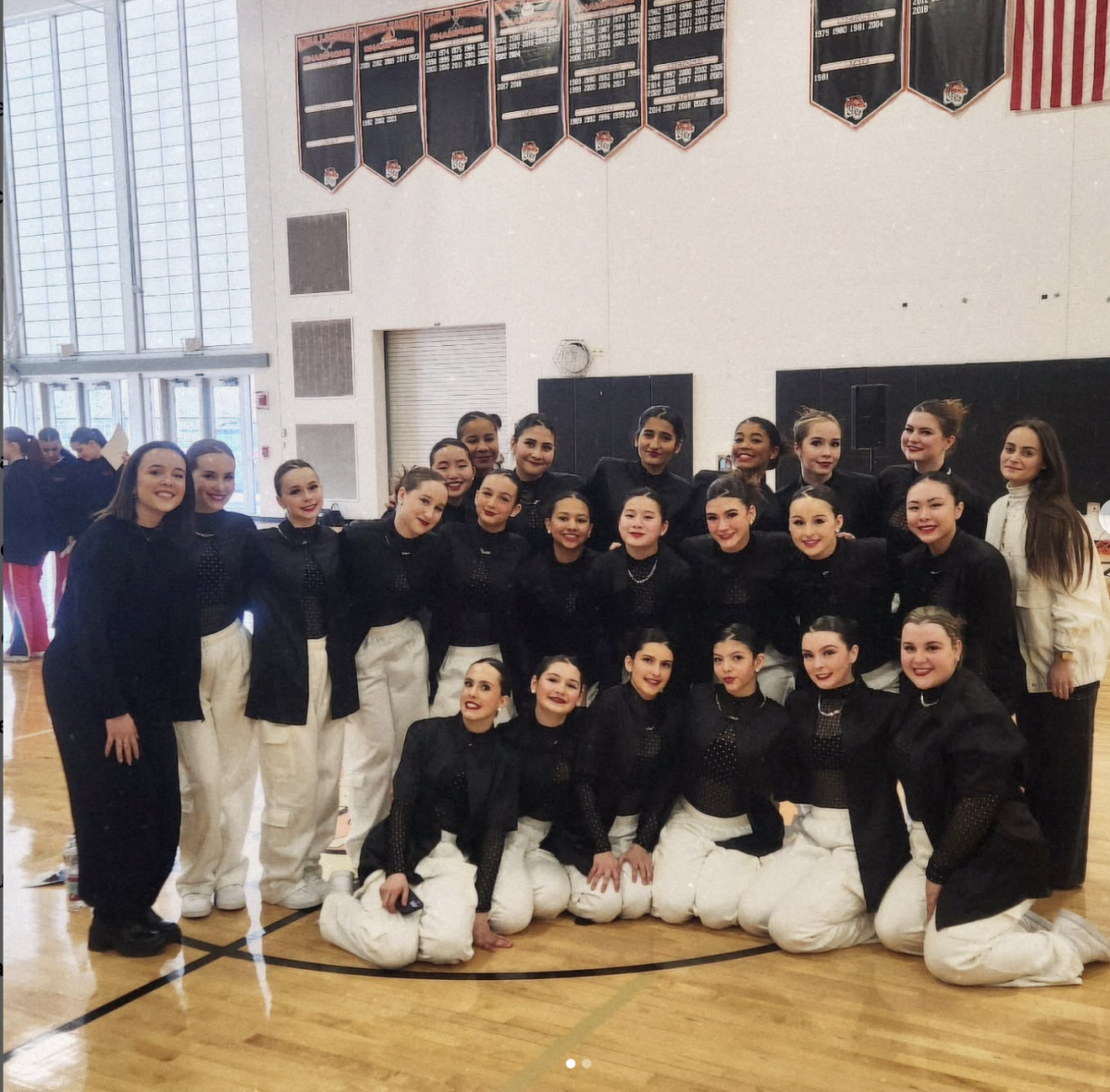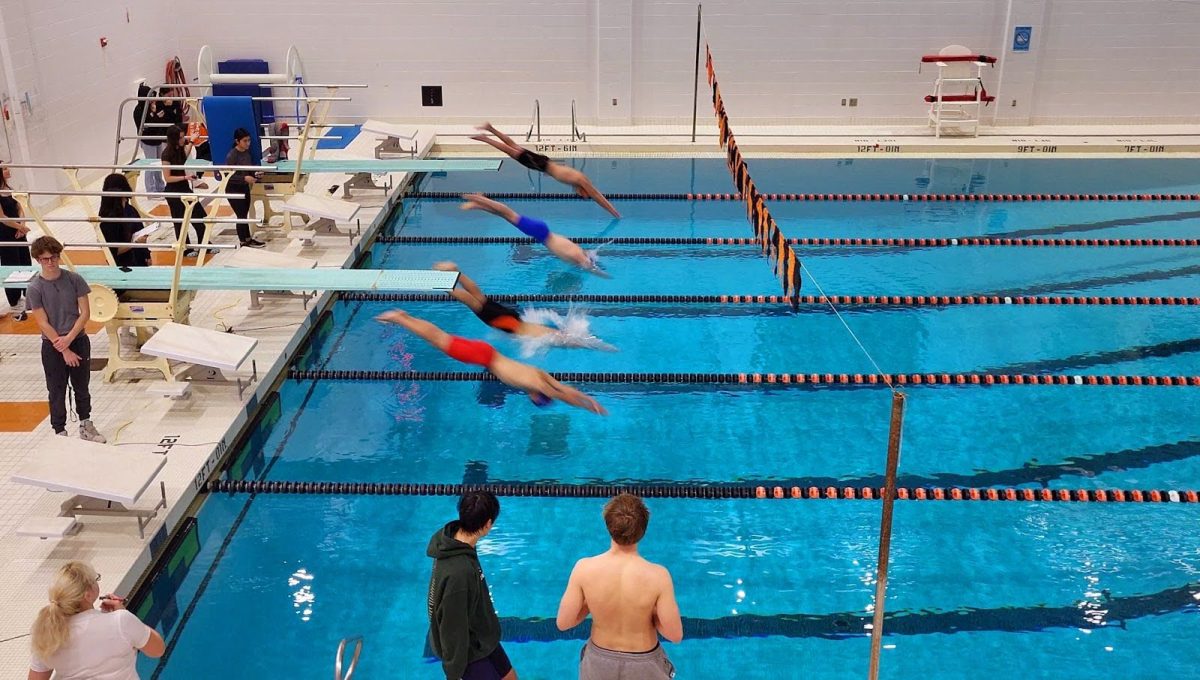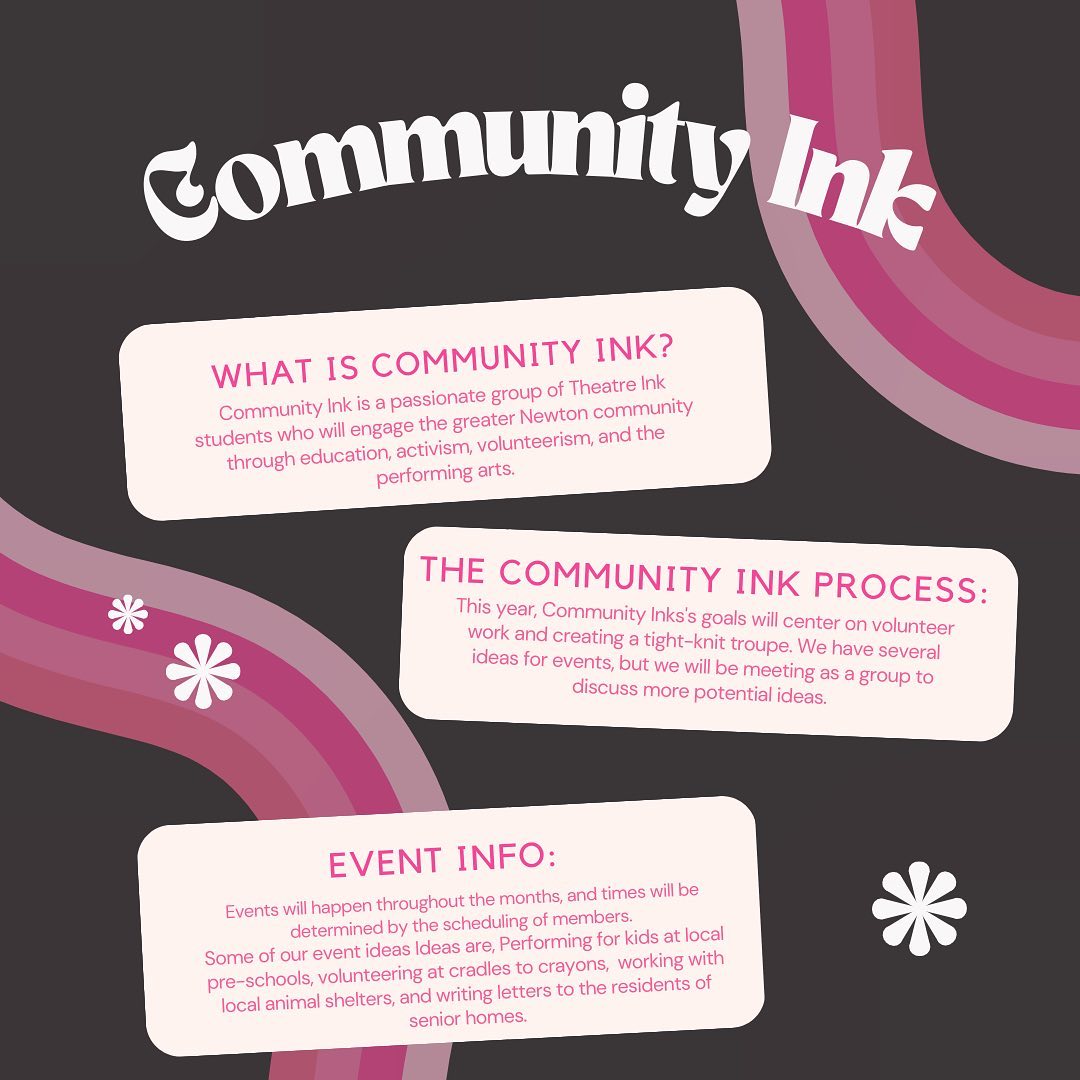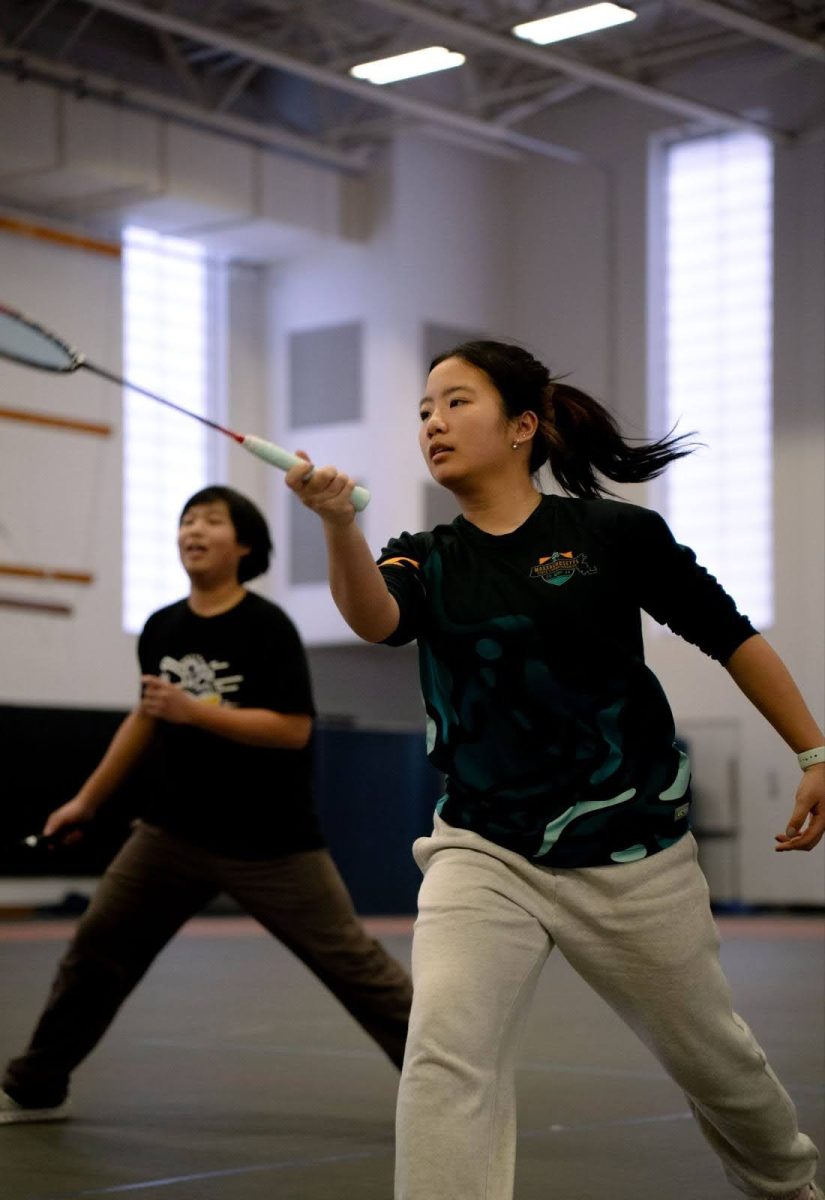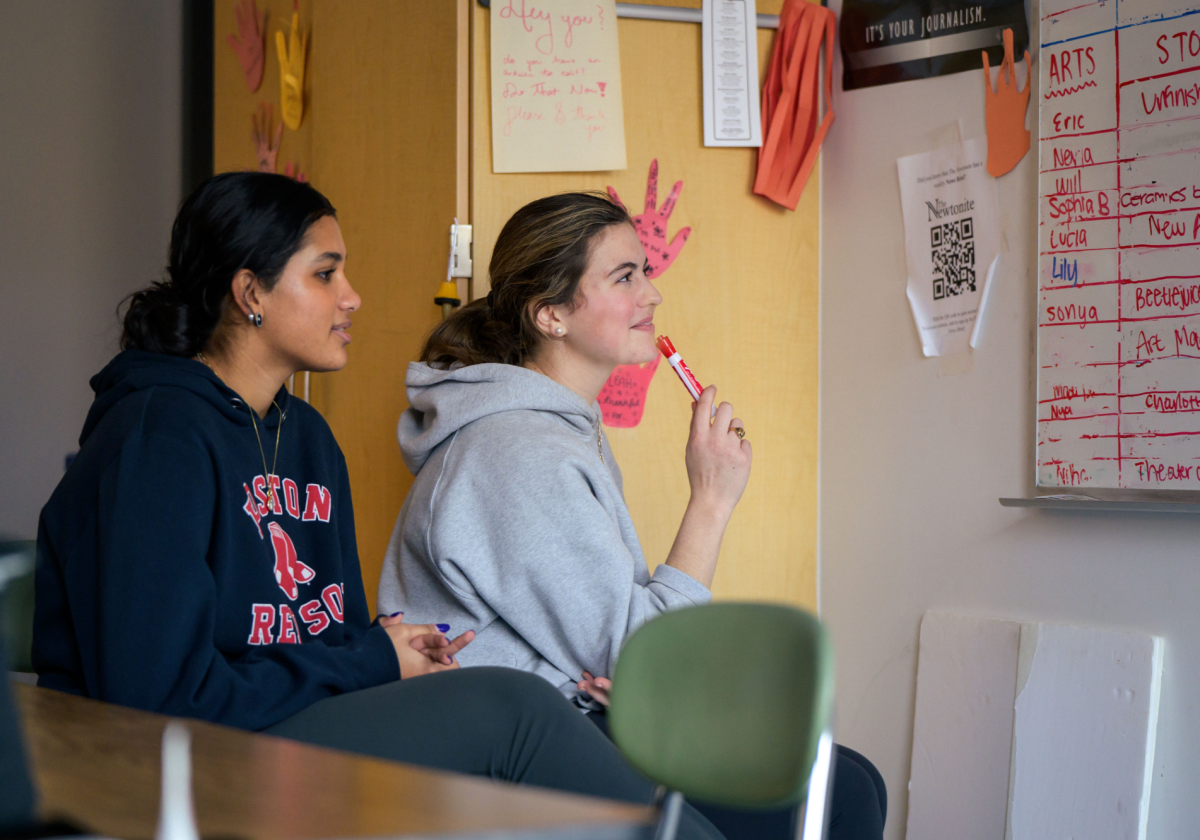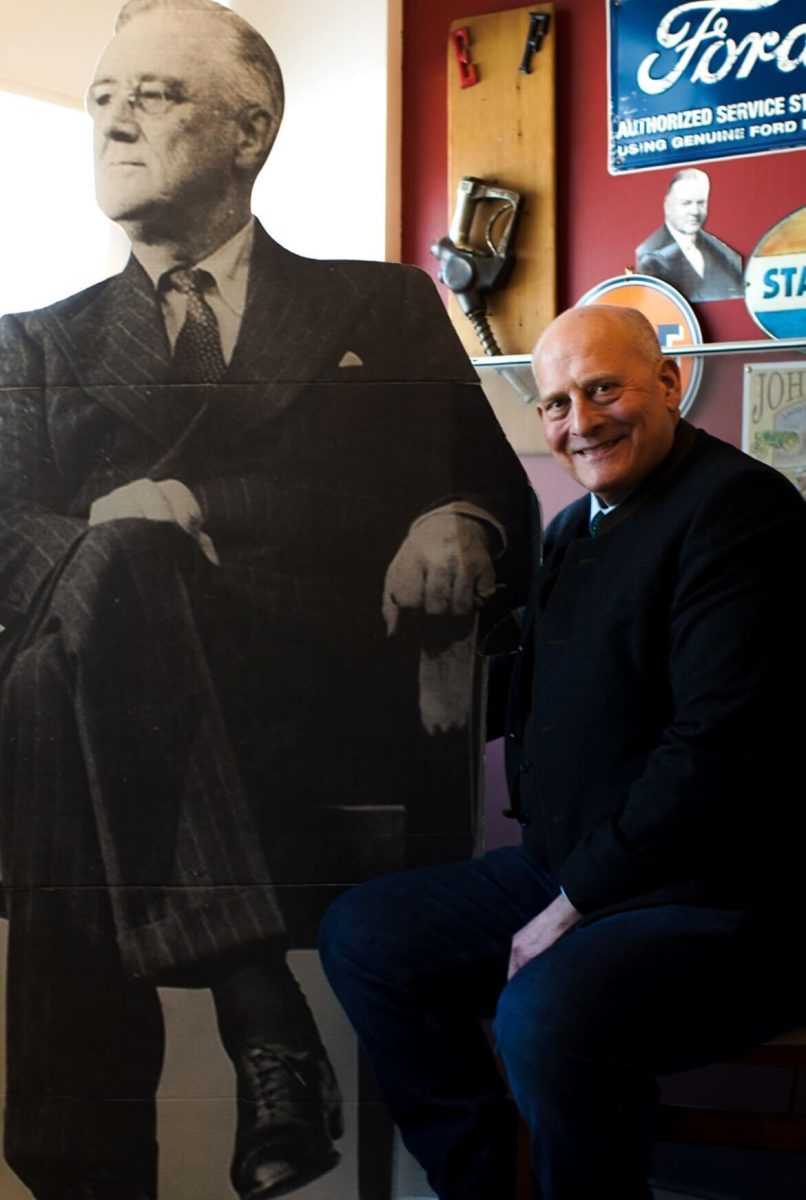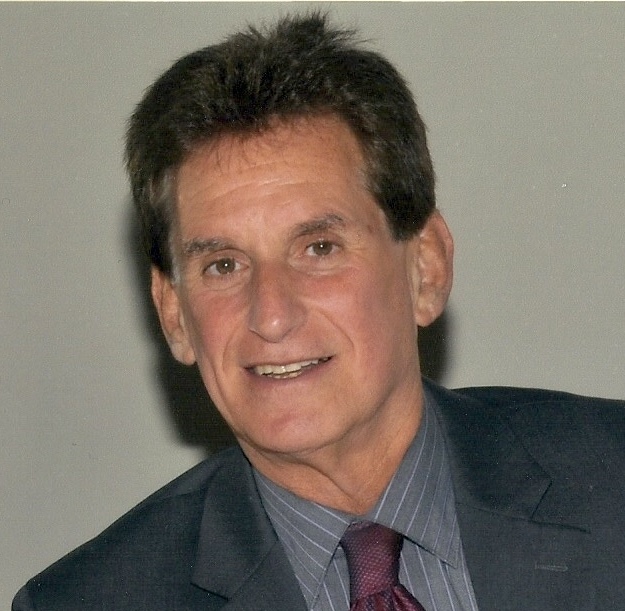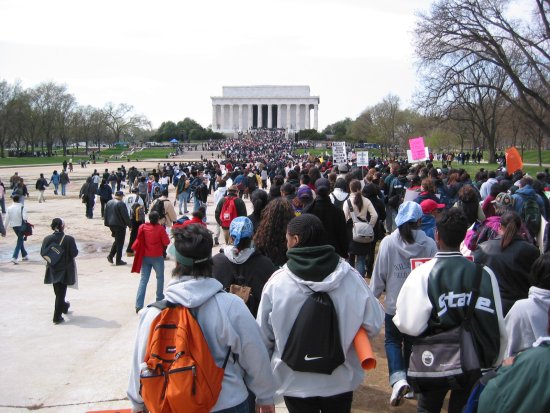JoAnne Stubbe’s interest in biochemistry first emerged in 1968, when she began studying biological enzymes as a graduate student at the University of California, Berkeley. Although skeptical of the field’s potential, then in its “dark ages,” she “liked the colors and the crystals” and decided to brave its ups and downs. Luckily, she discovered in biochemistry a certain catalytic charm and to this day treats her work with equal measures admiration and rapport. “How can you not think enzymes are cool?” she remarked with a smile in an MIT OpenCourseWare video. They accelerate biochemical reactions, she explained, at the speed of “a bat out of hell.”
After graduate school, Stubbe continued on to the Yale University School of Medicine, where she explored rational drug design, a field focused on developing medications by targeting specific biomolecules. In 1977, she published a set of observations on the role of free radicals in ribonucleotide reductases (RNR), a group of enzymes that catalyze DNA replication and repair. For her unprecedented findings, Stubbe received one of the nation’s most celebrated science honors: the National Medal of Science. “These scientists, engineers, and inventors are national icons,” said then-president Barack Obama of Stubbe and other 2009 National Medal winners, “inspiring a new generation of thinkers and innovators.” Former Massachusetts Institute of Technology President Susan Hockfield, as quoted in a 2009 MIT News article, similarly described Stubbe as “a scientist’s scientist: fiercely intelligent, doggedly curious, and unbending in her pursuit of truth.”
Researchers who reach such heights of innovation, however, are few and far between. Stubbe’s work with RNR stands as a shining—and increasingly rare—success story in a sea of barriers encumbering the efforts of academic scientists. From funding limits to subpar literature, such strains have raised formidable questions about the field’s sustainability: how do these challenges warp researchers’ work, as well as the scientific enterprise as a whole? How have they evolved over past decades? And, most deeply, how can Stubbe and similarly successful scientists continue to develop innovative work in a system ridden with such challenges?
The recent rise in pressures on academic scientists has coincided with years of rapid growth in the technology and techniques available to them. In the days of her RNR research, “people didn’t purify enzymes,” Stubbe explained with a shake of her head, let alone use structural models of proteins: “you could count them on one hand.” Now an MIT professor emeritus in her early seventies, Stubbe speaks with crisp pedagogical clarity, assessing the state of academic science with the understanding of a sage. “There are so many new things to work on now that I don’t know how you would even begin to choose,” she remarked. She pointed to cryo-electron microscopy, a technique allowing scientists to determine the structure of frozen proteins, as exemplifying such progress. Winning the 2017 Nobel Prize in Chemistry, cryo-EM has “moved biochemistry into a new era,” according to the Royal Swedish Academy of Sciences, and is rising in popularity in labs worldwide. Today’s wealth of scientific techniques, typified by cryo-EM, is advanced and constantly advancing.
Such development would appear, initially, to reflect a shift towards scientific ingenuity. Author John Kao’s definition of innovation, described in his 2007 book Innovation Nation, aligns with this technological progress of recent years. Innovation, wrote Kao, “is about new ways of doing and seeing things as much as it is about the breakthrough idea”—new ways now facilitated by new technology. Requiring interdisciplinary knowledge, innovation ultimately epitomizes “the ability of individuals, companies, and entire nations to continuously create their desired future,” he explained. By technological measures, academic science is currently experiencing its own desired future—an Einsteinian Pax Romana.
Innovation is the ability of individuals, companies, and entire nations to continuously create their desired future.
Yet in parallel with these advancements has come an equally large surge of obstacles inhibiting researchers’ efforts. President Donald Trump’s administration has exacerbated already tight funding limits, proposing 18 percent budget cuts to the National Institute of Health in March, according to a news article in Nature. In a following May budget proposal, cuts also included 11 percent at the National Science Foundation and 30 at the Environmental Protection Agency. “When it comes to science,” the article read, “there are few winners.” Even before these proposed cuts, the Great Recession of 2008 and “budget sequestration” in 2013 intensified the difficulty of procuring funding, according to a 2014 PNAS article, “Rescuing US biomedical research from its systemic flaws,” by Bruce Alberts, Marc Kirschner, Shirley Tilghman, and Harold Varmus. Now, they wrote, even amidst a scientific “golden age,” the percentage of fundable NIH grant applications has dropped to the low teens. With such declines in funding, the sciences face a potential reversion to their Dark Ages.
Of the many consequences birthed by these funding restrictions, the most immediate hinges on the inverse relationship between the time dedicated to research and to grant proposals. As Alberts et al. noted, the recent growth of the latter has induced “conservative, short-term thinking” in researchers, who must unendingly generate content for their proposals. “The system now favors those who can guarantee results rather than those with potentially path-breaking ideas that, by definition, cannot promise success,” they explained. Survival in the modern system appears to be progressively sidelining cardinal scientific values, originality and risk among them.
The system now favors those who can guarantee results rather than those with potentially path-breaking ideas that, by definition, cannot promise success.
Worse yet to some scientists is the inability of trainees to adapt to these challenges. “There are now colleagues who don’t advise their most talented students to go into academia anymore,” Klaus Schmidt-Rohr, a Brandeis University chemistry professor, explained. “They perceive it as so messed-up that they tell them, ‘I’m not sure that you should destroy your life trying to find tenure under these adverse conditions.’” Schmidt-Rohr, a tall, bespectacled man in his early fifties, has withstood the strains of academic science thus far, earning tenure early in his career and studying chemical energy at universities nationwide. But with the responsibility of leading a research group and the shock of several financial close calls—once almost failing to pay his students—he is no stranger to the field’s challenges. Researchers unprepared for academic science’s difficulties are “significantly cut out of the system,” he explained, despite their capacity for innovative research. Meanwhile, scientists who are “happy to swim with the flow and incrementally improve science,” rather than spearhead original research, dominate the field. Ultimately, he said with a sigh, “we may be missing breakthroughs.” In this climate, somber practicality’s defeat of scientific passion appears increasingly rampant.
Not all academic scientists, however, are as dissatisfied as Schmidt-Rohr in their perceptions of the field’s future. Like a handful of her peers, MIT chemistry professor Mei Hong considers the system a necessary compromise, endorsing what she considers its upsides. Sitting behind the imposing modular desk in her office, Hong commented that the grant-writing process is “very healthy” in moderation, as the devotion of several weeks to one’s research trajectory “forces you to think about the big picture.” Certainly, Hong has found her own success in swimming with the system in this way. A shelf in her office boasts polished plaques, embossed awards, and framed photos of her posing with academic committee members. One floor down from her office and a few turns to the right sits her research group’s lab, a palatial, carefully conditioned 2200-square-foot room. The star of the lab’s show is Hong’s nuclear magnetic resonance (NMR) magnet, which sits in the front corner of the room, resembling an offbeat alien spacecraft. Its off-white cylindrical body is supported by three blue posts, with a mess of wires protruding from underneath. Her magnet, Hong explained, allows her to study the structures and dynamics of biomolecules, with a focus on viral membrane proteins. Its cost, she added, hovered in the high six figures.
Such awards and equipment, however, belie the true challenges faced by academic scientists, successful ones included. Even Hong—an award-laden adherent to the system with seemingly no shortage of funding—conceded that monetary distribution remains skewed, particularly along the lines of institutional prestige. “You can’t just say, ‘the innovation is going to happen at MIT, Harvard, Stanford, and Caltech, and nobody in the Midwest has good ideas,’” she explained. Given her background as an Iowa State University professor, this matter is of personal interest to her: “If they did that to an extreme, Mei Hong at Iowa State wouldn’t have a chance to do innovative things,” she said. “If the system does not spread the money evenly enough, it will stymie that kind of innovation.” Such criticisms by Hong and others cover quandaries of great breadth, with few immediately apparent answers.
Ultimately, many scientists simply find that no unilateral solution to these issues exists, nor specific solutions to each. Change comes incrementally and, initially, at the individual level. For Stubbe, the first and most vital step in sustaining research endeavors sits in researchers’ hands: they must successfully identify complex, interesting research focuses. “The key is, in part, choosing the right problems,” she explained. “I had a lot of people around me who were a lot smarter than me, but they chose a problem that didn’t have any redeeming features.” Perhaps the rarity of Stubbe’s success stems from the rarity of her hierarchy of priorities, which favor scientific passion over easy acceptance of the uninventive.
In conjunction with making meaningful subject choices, disregarding the appraisal of others factored into her approach to the system. “Everybody told me it was suicide to work on RNR,” Stubbe said, “but I never paid any attention to what anyone told me and just followed my nose.” Although she chose “good problems,” they were hardly “popular problems.” But with her ideals of scientific independence, Stubbe found success beyond RNR, most recently in the development of the pancreatic cancer drug gemcitabine—another victory of scientific dedication over conservative self-limitation.
Beyond these individual efforts, many researchers agree, must also come systemic change, through shifts in the fundamental nature of the scientific culture. Currently, Alberts et al. wrote, the system is “in perpetual disequilibrium, because it will inevitably generate an ever-increasing supply of scientists vying for a finite set of research resources.” Gabriela Schlau-Cohen, an MIT assistant chemistry professor in her thirties, pointed to Bell Labs—a nineteenth-century lab known for its unprecedented depth and breadth of research—as a potential solution. “You had very few people but a lot of resources,” Schlau-Cohen explained. “You had to think really deeply about what experiments to do, and the innovation that came out of there was incredible.” In today’s academic science, however, “we have a lot of people scrambling to get funding”—antithetical to the Bellsian approach, she noted. An elemental change in the supply and demand of the scientific system, then, appears increasingly necessary.
Ideally, such change can revitalize the now fading pathways towards RNR-like innovation—and, in turn, the potency of discovery. “I remember the day I made the breakthrough,” Stubbe said, “when I saw this thing on the NMR spectrometer and I knew that my model was good. I don’t think it matters whether you’re a scientist or archeologist or whatever—seeing something new that you discovered is something I still get goosebumps about. You don’t have many of those moments where there’s this eureka and everything falls into place.” To Hong, too, the need for innovation in all endeavors shapes the tenor of academic science. “Take business: a new business needs to do something that sets it apart from other similar businesses,” she explained. “You might be a coffee shop that wants to establish itself as distinct from Starbucks, so you have to offer something that’s a little different from Starbucks. In science, this is fundamental. What’s the point of doing the same thing that lots of other people have done? Innovation is at the core of science, just as it’s at the core of business.”
Hong’s lab exemplifies this prevalence of innovation: it is at once piled high with scientific features and still incredibly ordinary. Cushioned office chairs clash with nitrogen gas tanks, while mason jars of uncapped pens meet digitized grids of neon green points and numbers. Taken away from its MIT setting and stripped of its scientific equipment, the lab could transform into any business office—or even coffee shop.
Take business: a new business needs to do something that sets it apart from other similar businesses. You might be a coffee shop that wants to establish itself as distinct from Starbucks, so you have to offer something that’s a little different from Starbucks. In science, this is fundamental. What’s the point of doing the same thing that lots of other people have done? Innovation is at the core of science, just as it’s at the core of business.
Yet in the sciences specifically, ever-widening obstacles—and researchers’ vulnerability to them—may be contributing to the progressive dilution of innovation. Today, Stubbe’s model of the scientist’s scientist is progressively beaten out by the one-minded, compliant system’s scientist, which appears simply to be a mode of survival in an inhospitable environment. In turn, as innovation is deemed subsidiary, the promise of academic science’s desired future dims.
Perhaps this erosion of ingenuity is not even limited to the sciences: already, other spheres of work, discourse, and study are facing similar challenges. Educators now call for institutional change in the classroom, arguing that schools may be extinguishing creativity through chronic standardization. Growing industry control over non-scientific research and development is imposing stricter guidelines on those involved. And even in politics, more and more are emphasizing the need for inventive activism in order to see through real progress. In order to achieve a collective desired future, motions to preserve innovation appear imperative across the board.
Although the timeline of such remodeling in the sciences remains unclear—budgets still face cuts and researchers bureaucratic pressures—Stubbe and her similarly determined peers will continue to resist these barriers. Until the arrival of deep structural change, these individual efforts become mainstays: as Schmidt-Rohr explained earnestly, “Many other people say, ‘You need to show me the money first. Then I will work with you.’ I say, ‘We talk about the science first.’”


